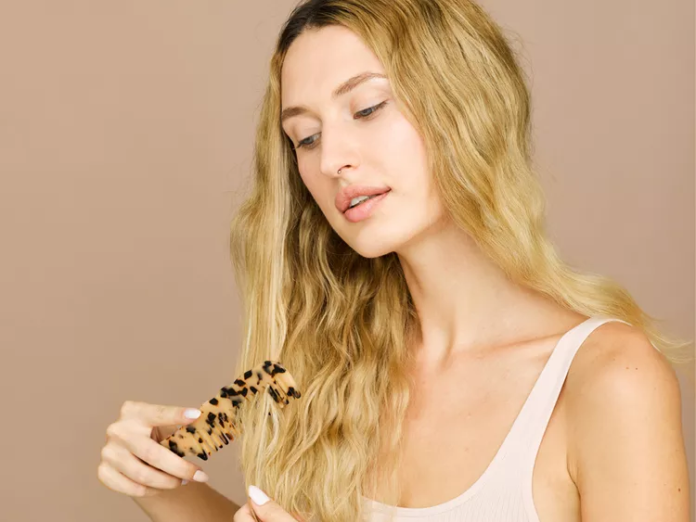Hair shedding and hair loss are two different conditions that can be confusing, especially when it comes to understanding what’s normal and what may indicate a more serious issue. In this blog post, I’ll explain the differences between hair shedding and hair loss, and how to identify each one.
What is Hair Shedding?
Hair shedding is a normal process where hairs naturally fall out. In fact, the average person sheds around 100 hairs a day. This is part of the hair growth cycle, where old hairs are replaced by new ones. Hair shedding is usually temporary and not a cause for concern.
Signs of Hair Shedding:
-Noticeable Hair in your brush or comb
-Seeing more Hair on your pillow or in the shower drain
-Hair loss that is seasonal or increases during specific times of the year
What is Hair Loss?
Hair loss, on the other hand, refers to a condition where there is an excessive amount of hair falling out or a noticeable thinning of the hair. Hair loss can be caused by a variety of factors, including genetics, hormonal changes, medical conditions, and certain medications. Unlike hair shedding, hair loss can be a persistent and progressive problem.
Signs of Hair Loss:
–Visible scalp through thinning hair
-Noticeable bald patches or areas of hair loss
-Hair loss that is sudden or rapid
-Hair that does not grow back after shedding
Understanding the Difference
The main difference between hair shedding and hair loss is the amount of hair being lost and the pattern of hair thinning. Hair shedding is a normal, temporary process, while hair loss is an excessive, persistent loss of hair. If you’re unsure whether you’re experiencing hair shedding or hair loss, it’s a good idea to consult a dermatologist or trichologist. These experts can assess your hair and scalp, determine the cause of the hair loss, and recommend appropriate treatment options.
Preventing and Treating Hair Loss
While hair shedding is generally normal, there are some steps you can take to promote a healthy scalp and reduce the risk of hair loss. Here are a few tips:
-Keep a balanced diet rich in nutrients like vitamins, minerals, and proteins.
-Maintain a healthy lifestyle, including getting enough sleep and managing stress.
-Avoid excessive styling, heating, and chemical treatments that can damage the hair.
-Treat any underlying medical conditions that may contribute to hair loss.
Conclusion
Hair shedding and hair loss are two different conditions, but both can be addressed with the right approach. If you’re concerned about your hair loss, don’t hesitate to consult a professional. With proper diagnosis and treatment, you can take steps to maintain a healthy head of hair. Remember, taking care of your hair and scalp is an important part of overall hair health!



